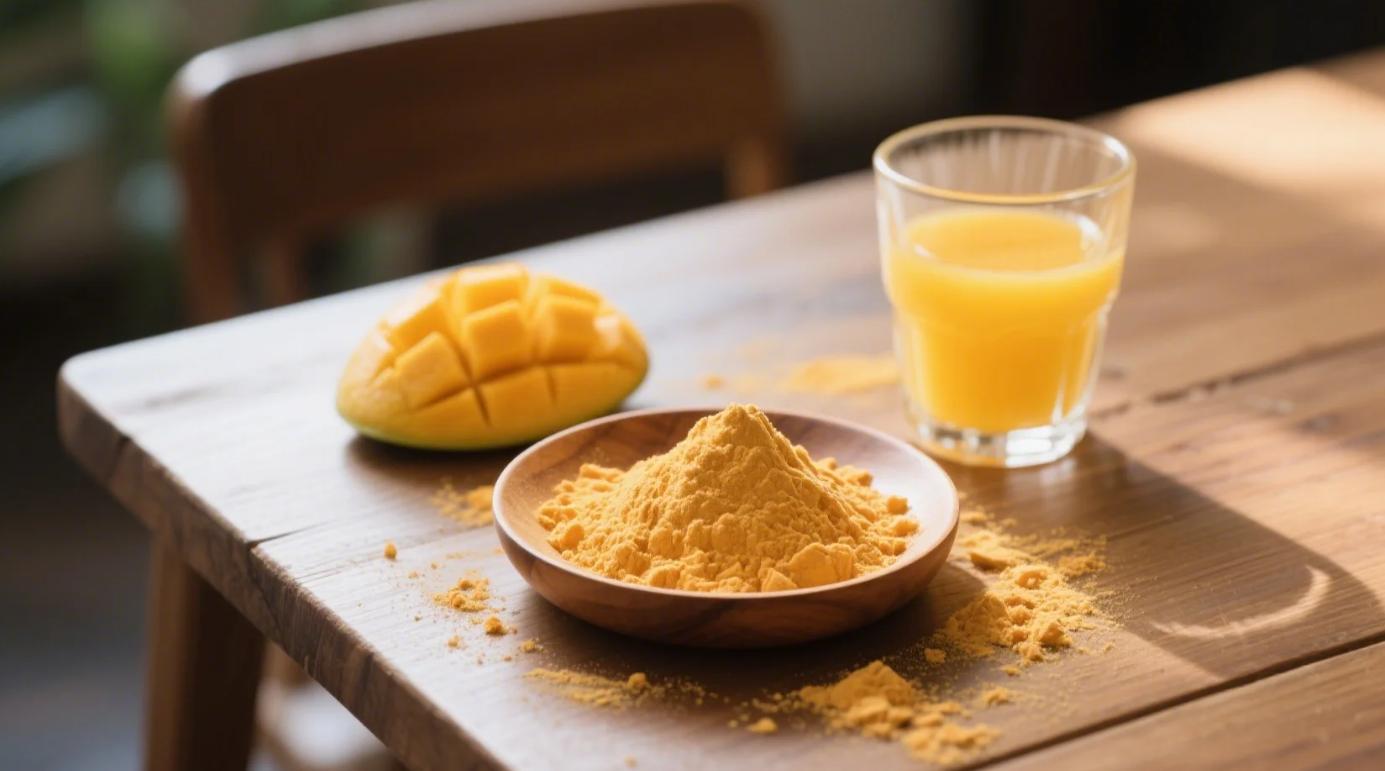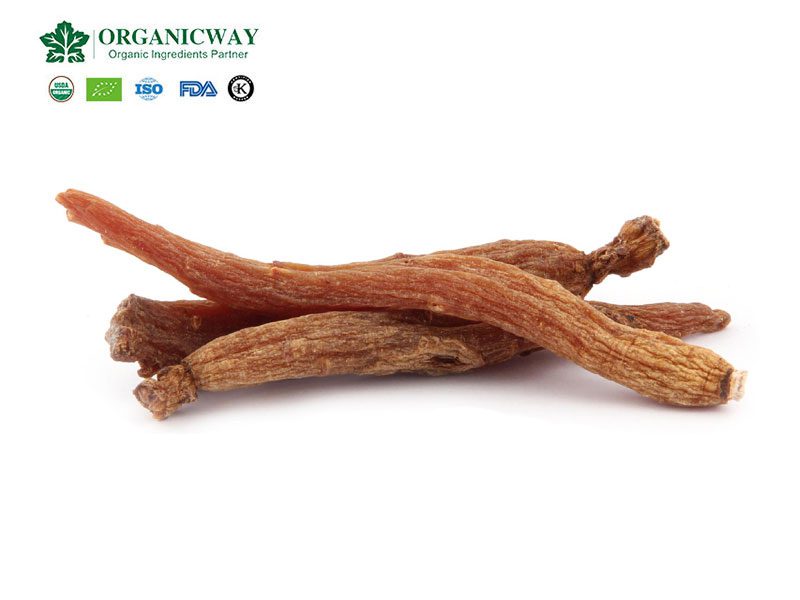Table of Contents
Organic maltodextrin is a type of carbohydrate that is derived from organic corn starch and is commonly used as a food additive and a thickening agent in the food industry. It has a low sugar content and a neutral or slightly sweet taste. It is also used as a source of energy for diabetic patients and athletes. In this article, we will analyze the future trends and innovation directions of organic maltodextrin, as well as its challenges and opportunities.
Future Trends and Innovation Directions
The demand for organic maltodextrin is expected to grow in the future, driven by the following factors:
- The increasing consumer preference for natural and organic food products, especially in the health-conscious segments.
- The growing awareness of the environmental and social impacts of conventional agriculture and genetically modified crops, leading to a shift towards organic farming and non-GMO ingredients.
- The rising demand for functional foods and beverages that offer health benefits, such as protein shakes, sports drinks, dietary supplements, etc.
- The expanding applications of organic maltodextrin in various industries, such as cosmetics, pharmaceuticals, animal feed, etc.
Some of the possible innovation directions for organic maltodextrin are:
- Developing new sources of organic maltodextrin from other organic starches, such as sweet potato, tapioca, cassava, etc., to diversify the supply chain and reduce the dependence on corn.
- Improving the production process of organic maltodextrin to enhance its quality, functionality and sustainability, such as using enzymatic hydrolysis instead of acid hydrolysis, reducing water and energy consumption, minimizing waste generation, etc.
- Creating new formulations and blends of organic maltodextrin with other organic ingredients, such as fibers, proteins, vitamins, minerals, antioxidants, etc., to offer value-added products with enhanced nutritional and functional properties.
- Exploring new applications and markets for organic maltodextrin in emerging sectors, such as biotechnology, nanotechnology, 3D printing, etc.
Challenges and Opportunities
The development of organic maltodextrin also faces some challenges, such as:
- The high cost of organic maltodextrin compared to conventional maltodextrin, due to the higher cost of organic raw materials, certification and production.
- The limited availability and supply of organic corn starch, which is the main source of organic maltodextrin, due to the competition with other uses of corn, such as food, feed and biofuel.
- The lack of standardization and regulation of organic maltodextrin in some regions and countries, leading to confusion and inconsistency among consumers and producers.
- The potential health risks of excessive consumption of organic maltodextrin, such as raising blood sugar levels, causing digestive issues, triggering allergic reactions, etc.
However, these challenges also present some opportunities for organic maltodextrin producers and consumers:
- The opportunity to differentiate themselves from competitors by offering high-quality, natural and sustainable products that meet the consumer expectations and demands.
- The opportunity to collaborate with other stakeholders in the organic food industry chain, such as farmers, processors, distributors, retailers and consumers, to create a transparent and traceable system that ensures the integrity and authenticity of organic maltodextrin products.
- The opportunity to educate and inform consumers about the benefits and uses of organic maltodextrin products through effective marketing and communication strategies.
- The opportunity to innovate and develop new products and solutions that address the unmet needs and challenges of various industries and sectors using organic maltodextrin.
Conclusion
Organic maltodextrin is a promising ingredient that has a wide range of applications in the food industry and beyond. It offers a natural alternative to conventional maltodextrin that is derived from genetically modified corn. It also provides a quick and easy source of energy for diabetic patients and athletes. However, it also faces some challenges in terms of cost, availability, regulation and health effects. Therefore, it is important for producers and consumers to be aware of these challenges and opportunities and to work together to overcome them and create a sustainable and profitable future for organic maltodextrin.

